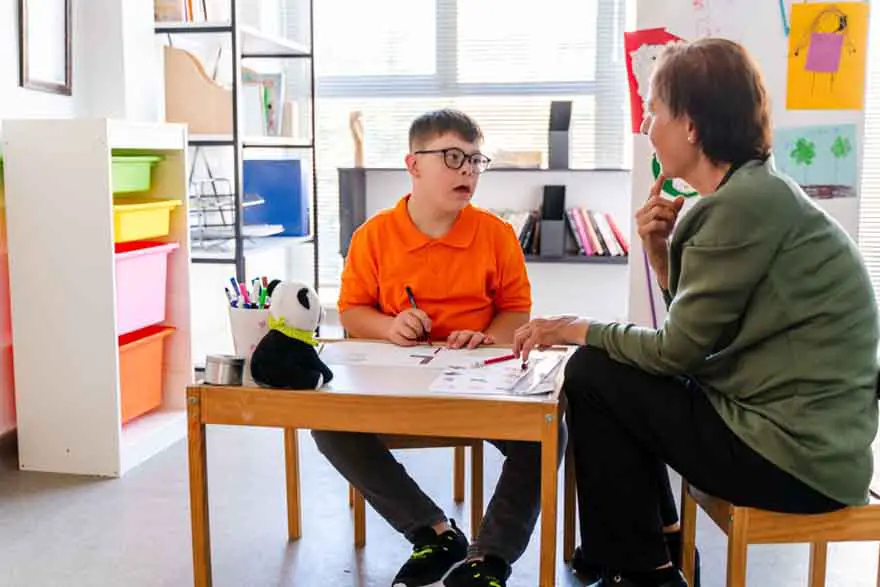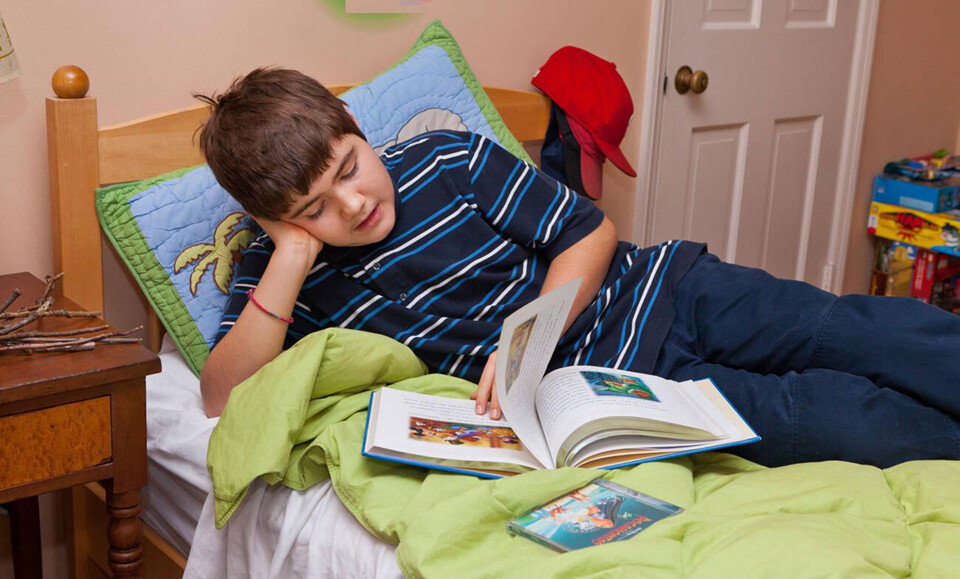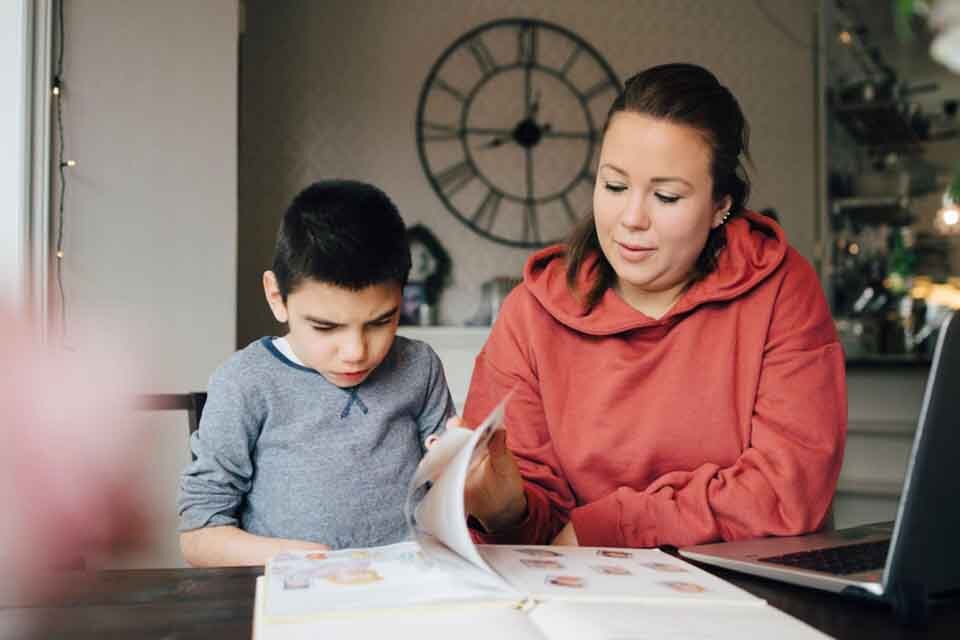One of the biggest difficulties people with Autism Spectrum Disorder tend to have is with communication and social cues. Social interaction can be confusing and downright frustrating on both ends. It can lead to miscommunication, awkward moments, bad first impressions, and unfortunately, many kids with autism are ostracized for being “weird”.
This can all stem from undeveloped communication skills, which are essential to any person hoping to easily traverse through life in an age where we’re more connected than ever. You can also teach emotions to your autistic child.
Building up communication skills at a young age is key, and if you’re looking for ways to improve your child’s conversational skills, you’ve come to the right place. I’ll give you some tips on how to build up one of the most, if not the most important skills a child can have.
Teach the Core Components of a Conversation

If you want your child to be able to understand how to hold a dialogue, you should teach them the basics of what a conversation is while avoiding what not to do with an autistic child. A conversation without a proper beginning or end can be seen as awkward and put other children off, but it’s more than simply impressing children; it’s about developing their skills for when they’re older and communication becomes more essential.
With that, here are the core components of every conversation:
- Initiating the conversation
- Picking a topic
- Taking turns (not speaking over one another)
- Being able to ask and answer questions
- Ending the conversation
Practice, Practice, Practice

This can never be stated enough. Make sure you hold at least one conversation with your child every day, preferably with them initiating the conversation and ending the conversation. The topic can be about whatever they want, but if they can’t think of any, you can provide one. If they’re school-aged, this makes it an easy topic for the child to use, as they can just converse about their day.
Some of the best times to do this are over lunch or dinner, when everyone at the table (if it’s more than just you and the child) is easily able to join in on the talk.
Keep Your Child Interested

Children, well, they get bored. A child with autism is not only less likely to want to engage, but is less likely to learn. Kids learn a lot better when they’re having fun, after all.
The first step to keeping them interested is choosing a good topic. When starting the conversation, you can offer to have them pick any topic under the sun. It can be dinosaurs, a show they’ve watched, a dream they’ve had, etc.; if they can’t think of anything, you can pick the topic. As your child grows older, you can move onto some more mundane topics, but when it comes to the earliest years, you’re going to want to keep things interesting.
Roleplaying

Roleplaying is a fantastic way to keep the conversations coming without looping around to the same topics over and over and having them become stale.
It’s as simple as it sounds: you both play a role and have a conversation as though you were those people. Whether it be a cowboy and an astronaut, a couple of friends, or a teacher and a student, roleplaying keeps things interesting and allows your child to understand communication better by practicing it through a litany of different roles and unique dialogue they wouldn’t have elsewhere.






